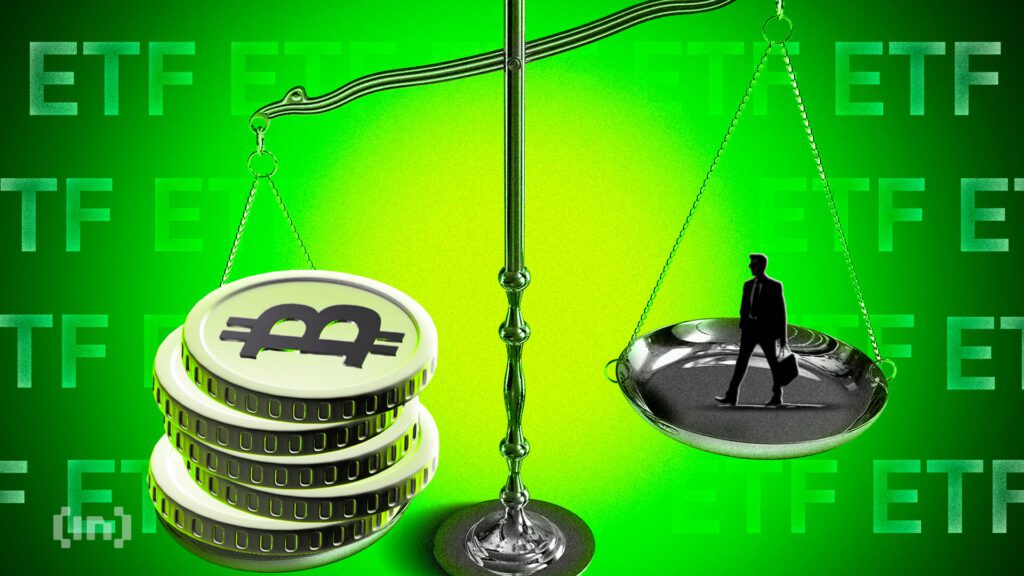The Securities and Exchange Commission (SEC) is approaching broader crypto ETF approval thanks to new listing standards centered around the derivatives market.
This occurs a few days after the securities regulator has approved ETF redemption in physical form, allowing investors to exchange the token directly with the issuer.
Crypto ETF gets derivative-driven frameworks under the new SEC standard
According to new exchange filings, the SEC is currently allowing cryptocurrency exchange trading funds (ETFs) with futures contracts listed for at least six months on the Coinbase derivative or Chicago Mercantile Exchange (CME).
Bloomberg ETF analyst Eric Balknath calls the new rule “a pretty big deal,” explaining it essentially opens the door to the ETF with around 12 altcoins.
“Coin with futures that are tracked for more than six months in a Coinbase derivative exchange will be approved,” Balchunas wrote on X (Twitter).
According to ETF analysts, CME futures are valid, but Coinbase FormerChange’s derivatives market has more coins than CME (Chicago Mercantile Exchange), the American derivatives market.
Based on this, I would say it’s easier to use Coinbase, as Balchunas also includes CME’s. The development follows the SEC’s recent approval of Bitcoin and Ethereum ETF redemption in physical form.
Futures markets are set in the center of ETF eligibility
This decision was further aligned with traditional financial infrastructure and set the stage for more complex crypto products.
However, this pass is not so easy for memecoin or unestablished digital assets.
Balchunas emphasized that assets like Solana-based Bonk and Trump Coin lack an active futures market and thus require more complicated routes through the Investment Corporations Act of 1940 (40 ACT) and are called “$SSK Maneuver.”
“So we could see it too, but in a different structure. As history shows, 33 acts are preferred because it is a pure spot,” Bulknath said.
This structure is more restrictive and in contrast to the Securities Act of 1933 (Act 33), which governs most Spot Crypto ETFs. It is reportedly that publishers prefer this structure because of their simplicity.
ETF analyst James Seyffart claimed that the SEC is outsourced decisions.
He shows that the proposed listing criteria do not mention market capitalization, liquidity thresholds, or token float requirements. This means that for now it is about the futures market.
“SEC pseudo outsourced decisions to allow digital assets in ETF wrappers. CFTC is the primary decision-maker of what assets can have futures contracts, and having futures is a key requirement of this rule proposal,” he writes.
Until Spot Crypto Exchange became a member of the Inter-Market Monitoring Group (ISG), Coinbase derivatives are the only “pure cryptography” member, highlighting their important role.
Timing questions remain while filing sets up the framework. Balchunas is estimated to receive September or October approvals depending on regulatory feedback and implementation of final regulations.
The changes to the rules are now considered a major milestone in Crypto’s integration with mainstream financial markets.
We may not open the lock yet, but we provide a clearer roadmap on how more crypto assets beyond Bitcoin and Ethereum can gain ETF exposure in the coming months.
Post Sec first appeared in Beincrypto, although it opens doors for more crypto ETFs.

